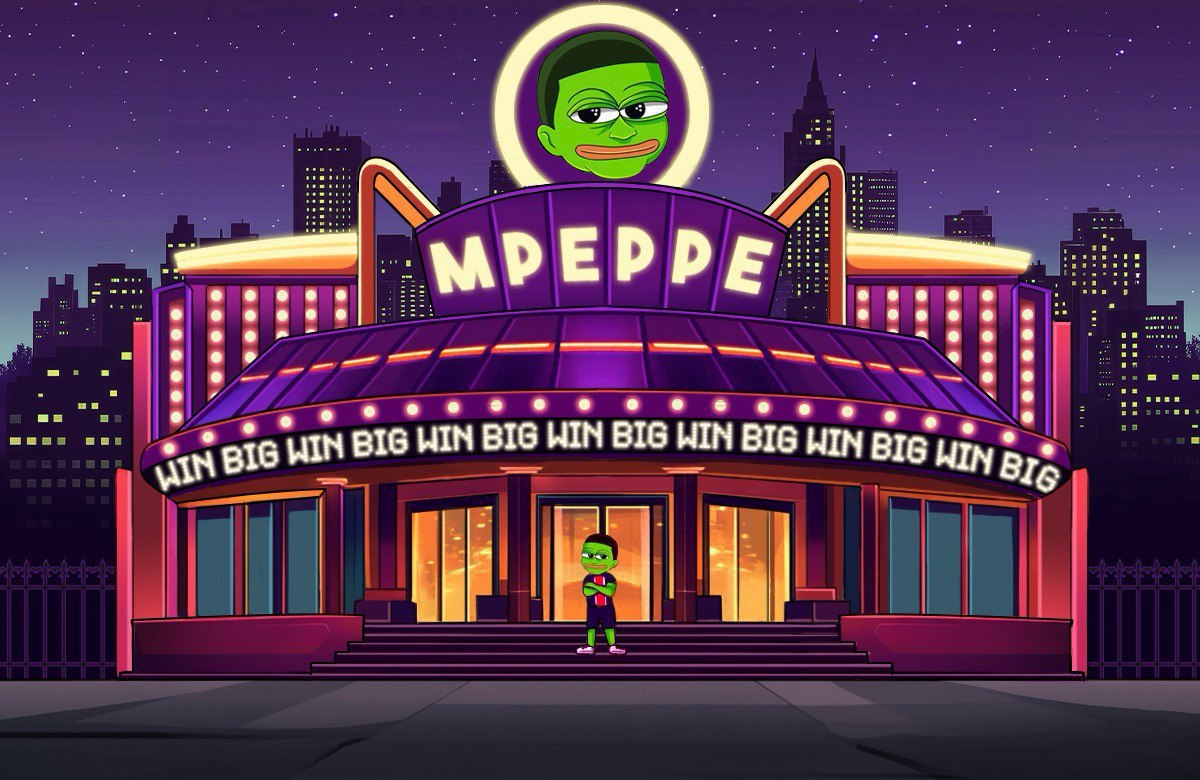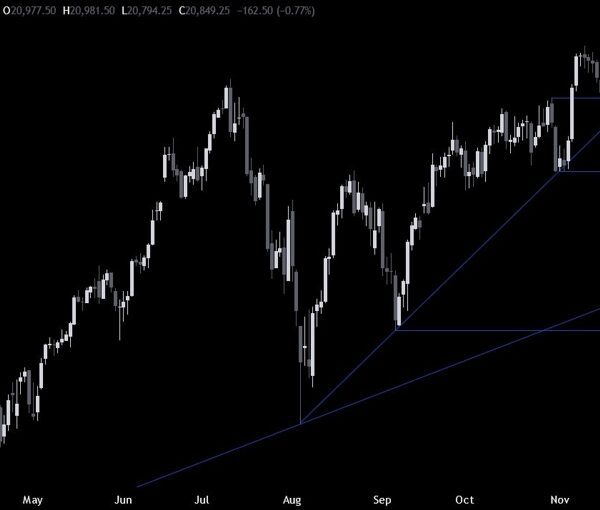Market volatility is unlikely to let up anytime soon. Data compiled by Trivariate Research shows the S & P 500 has averaged a 1.3% loss in September going back to 1929. The firm also pointed out that the overall volatility for the benchmark this month is among the top four, with a standard deviation of 5.8%. August was also a choppy month, with the S & P 500 selling off to start the period before recovering. October is also highly volatile. The standard deviation for the S & P 500 for that month comes in at 6%. To be sure, the S & P 500 averages a 0.5% gain for that month. This tough backdrop has even some of the biggest bulls on Wall Street hesitating. “I think investors should be cautious for the next eight weeks,” Fundstrat head of research Tom Lee told CNBC’s “Squawk Box” on Tuesday . “Market’s been up seven of the eight months this year. So, we know it’s an incredibly strong market. But we also have the September [interest rates] cuts, and we have the election, things that will get people nervous.” Wall Street has priced in a Federal Reserve rate cut later this month. The question is, by how much will the central bank lower the cost of credit? New data slated for release this week could give an indication on that front. The August U.S. jobs report is slated for release Friday at 8:30 a.m. ET. Economists polled by Dow Jones expect the economy added 162,000 jobs last month. On Tuesday, the Institute for Supply Management will post its manufacturing activity index for August. Economists forecast a contraction for the month. “The degree of uncertainty that all this presents provides in our view both risks and opportunities for investors that will require the courage of their convictions,” John Stoltzfus, chief investment strategist at Oppenheimer Asset Management, wrote in a note. “The good news in our view is that the Federal Reserve has made it pretty clear that it now plans to begin cutting its benchmark rate sooner than expected perhaps as soon as the next FOMC meeting.” Elsewhere on Wall Street this morning , Bernstein raised its price target on Ferrari to $599 from $488, implying upside of 20%. “Because nearly every Ferrari is sold out, the cadence of shipments and revenue and earnings recognition by quarter is entirely determined by Ferrari, with only the final level of personalization per vehicle being a slight variable as the customer can amend his order until quite close to the actual build date,” analyst Stephen Reitman wrote.
Hot Topics
Subscribe to Updates
Get the latest tech, social media, politics, business, sports and many more news directly to your inbox.















